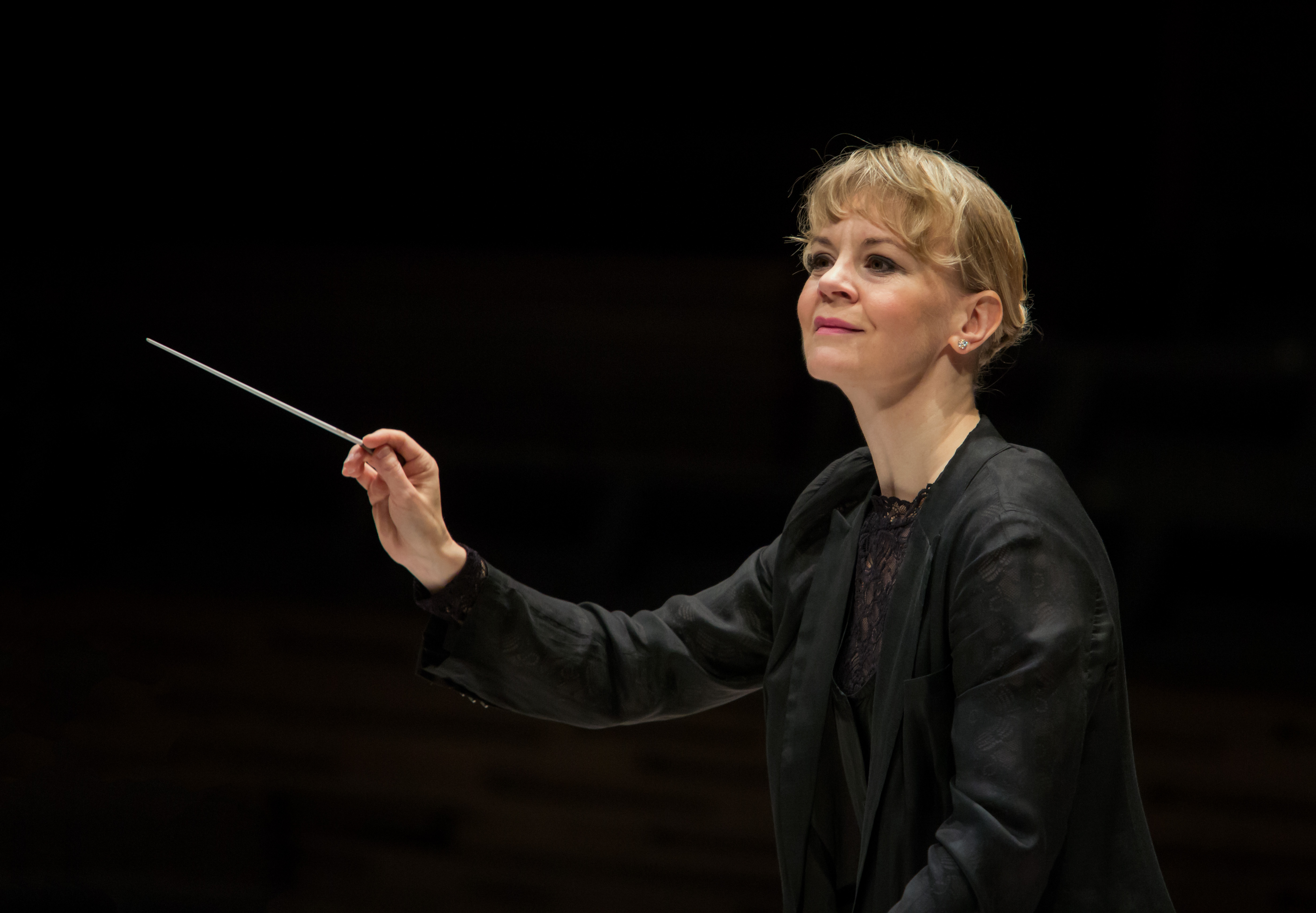American art patrons Robert and Mildred Bliss began decorating their Music Room at their home, Dumbarton Oaks, by ordering a pair of 16th-century marble arches from Italy and a chimneypiece from a French Renaissance castle. The legendary Music Room was the stage for concerts, science lectures and intellectual debates. The couple then commissioned music from Igor Stravinsky to celebrate their 30th wedding anniversary. Stravinsky described the piece known as Dumbarton Oaks as “a small concert in the style of Bach’s Brandenburg Concerts.”
“The applicant, who has never yet been able to acquire a piano of his own, deserves a grant to ease his straitened circumstances and free him from anxiety in his creative work,” stated the Austrian State stipend board in 1874 after reviewing an application by Antonín Dvořák, a 33-year-old composer from Prague. The grant freed the composer from material concerns and allowed him to write, among other things, one of his most beloved compositions, his Serenade for Strings.
Igor Stravinsky: Dumbarton Oaks
Dumbarton Oaks is the finest work by Igor Stravinsky (1882–1971) in the Neo-classical style that swept through Europe in the early 20th century. Commissioned by the US diplomat, impresario and art collector Robert Woods Bliss and his wife Mildred Barnes Bliss to celebrate their 30th wedding anniversary, it was initially titled Dumbarton Oaks; 8–V–1938 after the name of their estate and the date. The premiere was conducted by Nadia Boulanger as Stravinsky was in a sanatorium suffering from tuberculosis at the time, but he was later able to conduct it twice, the last time for the couple’s golden wedding anniversary in 1958.
The work was inspired by the very formal, ornamental gardens at Dumbarton Oaks and was described by Stravinsky as a little concerto in the style of Bach’s Brandenburg Concertos. Dumbarton Oaks is a true orchestral concerto in both form and spirit and its three movements follow the classical scheme quick–slow–quick. Each instrument in the orchestra takes turns at being soloist and accompanist and the constantly-changing beats and rhythms keep the players ‘on their toes’ from beginning to end.
Antonín Dvořák: Serenade for Strings
As a youngster, Antonín Dvořák (1841–1904) was not encouraged to ‘waste his time’ on music except as a hobby. In 1874, he nevertheless entered and won a competition for poor, talented young composers and fully convinced two members of the jury, Johannes Brahms and the influential critic Eduard Hanslick, of his ability. His victory enabled him to concentrate on composing and over the next couple of months he wrote a symphony, a trio, quartet and quintet, followed in the space of only two weeks by the Serenade for Strings in E major (1875). Regarded as his first mature work, this Serenade is still as popular as ever.
Back in Mozart’s day, the purpose of a Serenade was still to provide background music for evening entertainments, but Dvořák’s, close in nature to a Symphony, is more at home in a concert hall than a palace. The first of the five movements roughly summarises the events of the next half hour. A true National-Romantic composer, Dvořák makes numerous allusions to the country dances and songs of his native Bohemia but without actually quoting from any. Rather, the Bohemian atmosphere is captured in the melancholy camouflaged by the major key and culminating in the fourth, mostly highly-charged movement, Larghetto.

